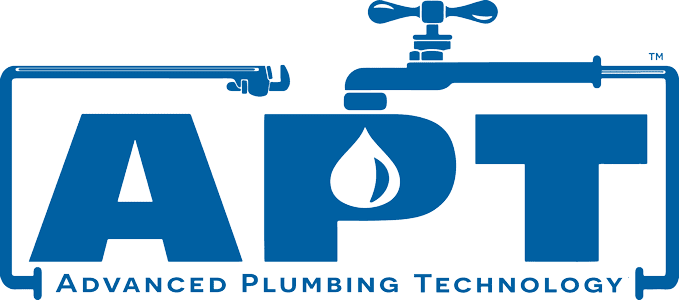Plumbing Maintenance in Spring: Seasonal Tips for a Well-Functioning System
September 23rd, 2023Posted by Brian Shoemaker
At Advanced Plumbing Technology, we understand the importance of a well-maintained plumbing system, especially during the transitional period of spring. As the seasons change, your plumbing system may require special attention to ensure its optimal performance. In this comprehensive guide, we will walk you through essential plumbing maintenance tips for spring, helping you prevent potential issues and ensure a smoothly functioning system.
Inspect and Clean Gutters and Downspouts
As the remnants of winter weather subside, it’s crucial to start your spring plumbing maintenance by inspecting and cleaning your gutters and downspouts. Debris such as leaves, twigs, and dirt can accumulate over the colder months, leading to clogs and water backup. Clogged gutters can result in water overflow, which can damage the foundation of your home and even lead to basement flooding.
Action: Grab a sturdy ladder, gloves, and a hose. Gently remove debris from the gutters, ensuring downspouts are clear. Use the hose to flush out any remaining dirt and ensure proper water flow.
Check Outdoor Faucets and Sprinkler Systems
With the arrival of spring, it’s time to reactivate your outdoor faucets and sprinkler systems. Freezing temperatures during winter can cause pipes to crack or burst, leading to leaks and water wastage. Before using these systems, it’s crucial to inspect them thoroughly.
Action: Turn on each outdoor faucet and check for any visible leaks. Additionally, examine your sprinkler heads for damage. If you notice any leaks or issues, contact a professional plumber to address the problem
Examine Indoor Faucets and Drains
Indoor faucets and drains also deserve your attention during your spring plumbing maintenance routine. Inspect each faucet for leaks and ensure proper water pressure. Slow or clogged drains can indicate a buildup of debris or potential blockages in your pipes.
Action: Test each faucet for leaks, and if needed, replace washers or seals. To address slow drains, use a natural solution of baking soda and vinegar to break down any buildup. If the issue persists, consider contacting a professional plumber to assess the situation.
Inspect Water Heater
Your water heater works tirelessly throughout the year, and spring is an excellent time to give it some care. Sediment buildup can reduce its efficiency and lifespan. Flushing your water heater can help improve its performance and energy efficiency.
Action: Turn off the power supply to the water heater and let it cool down. Attach a hose to the drain valve and drain several gallons of water into a bucket to remove sediment. This simple step can enhance the heater’s efficiency and save you money on energy bills.
Check for Leaks and Water Damage
Undetected leaks can lead to significant water damage and mold growth. Spring is an ideal time to thoroughly inspect your home for any signs of leaks or water damage. Pay close attention to areas around sinks, toilets, and appliances that use water.
Action: Check for water stains, discoloration, or unusual odors near plumbing fixtures. If you notice any of these signs, it’s essential to address the issue promptly to prevent further damage. Consider seeking professional help for a thorough inspection.
Inspect Toilets
Toilets are one of the most frequently used plumbing fixtures in any household. A leaking toilet can waste a significant amount of water and lead to increased utility bills. Spring maintenance is an excellent opportunity to ensure your toilets are working efficiently.
Action: Put a few drops of food coloring into the toilet tank. If the color appears in the bowl without flushing, you have a silent leak that needs attention. Replace the flapper or valve to prevent water wastage.
Test Sump Pump Functionality
For homeowners with basements, a functional sump pump is vital to prevent flooding during heavy rains. Testing your sump pump’s functionality in the spring ensures it’s ready to handle any excess water.
Action: Fill a bucket with water and pour it into the sump pit. Watch as the pump activates and removes the water. If it doesn’t start or seems sluggish, contact a professional to inspect and repair the sump pump.
Schedule a Professional Inspection
While many plumbing maintenance tasks can be done by homeowners, it’s essential to schedule a professional inspection at least once a year. A licensed plumber can identify potential issues that may not be apparent to the untrained eye.
Action: Contact your local plumber to schedule a comprehensive spring plumbing inspection. Our experienced plumbers will assess your entire system, identify any potential problems, and provide expert solutions to keep your plumbing in top condition.
Conclusion
Advanced Plumbing Technology knows that spring is a season of renewal and growth, and it’s the perfect time to give your plumbing system the attention it deserves. By following these detailed plumbing maintenance tips, you can ensure that your system functions efficiently throughout the year, preventing costly repairs and water wastage.
